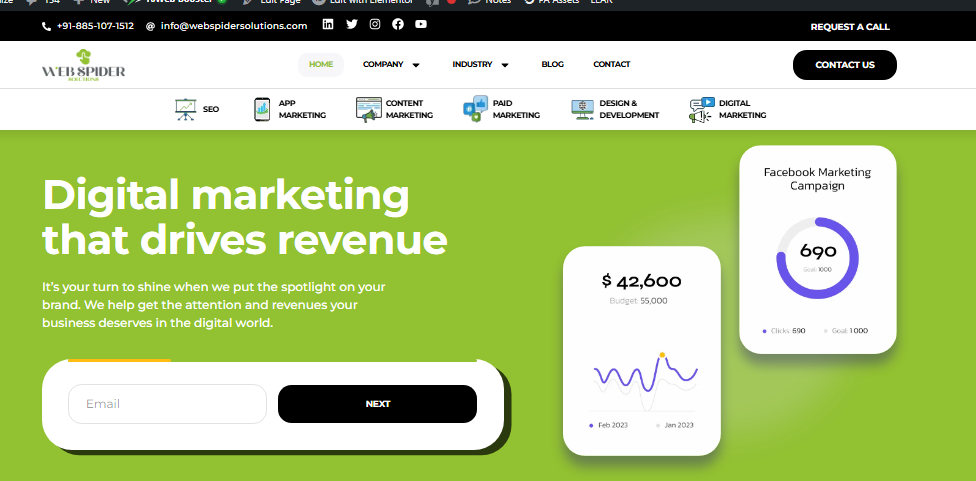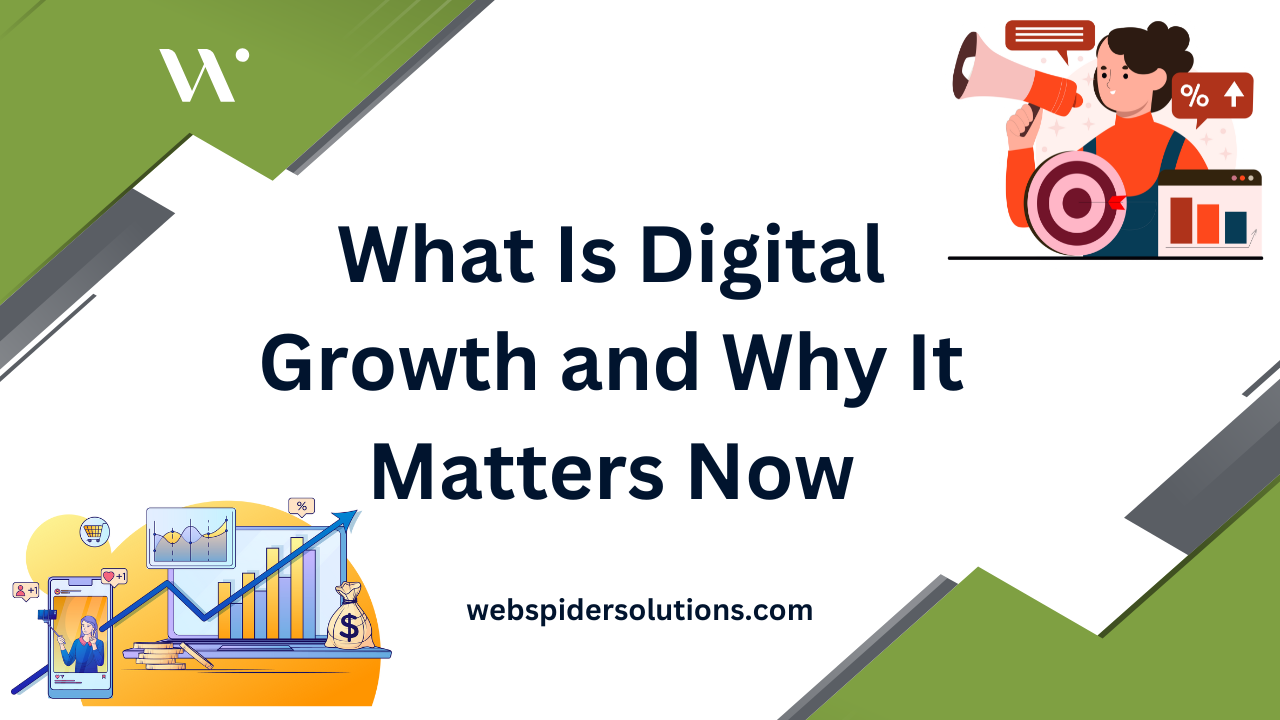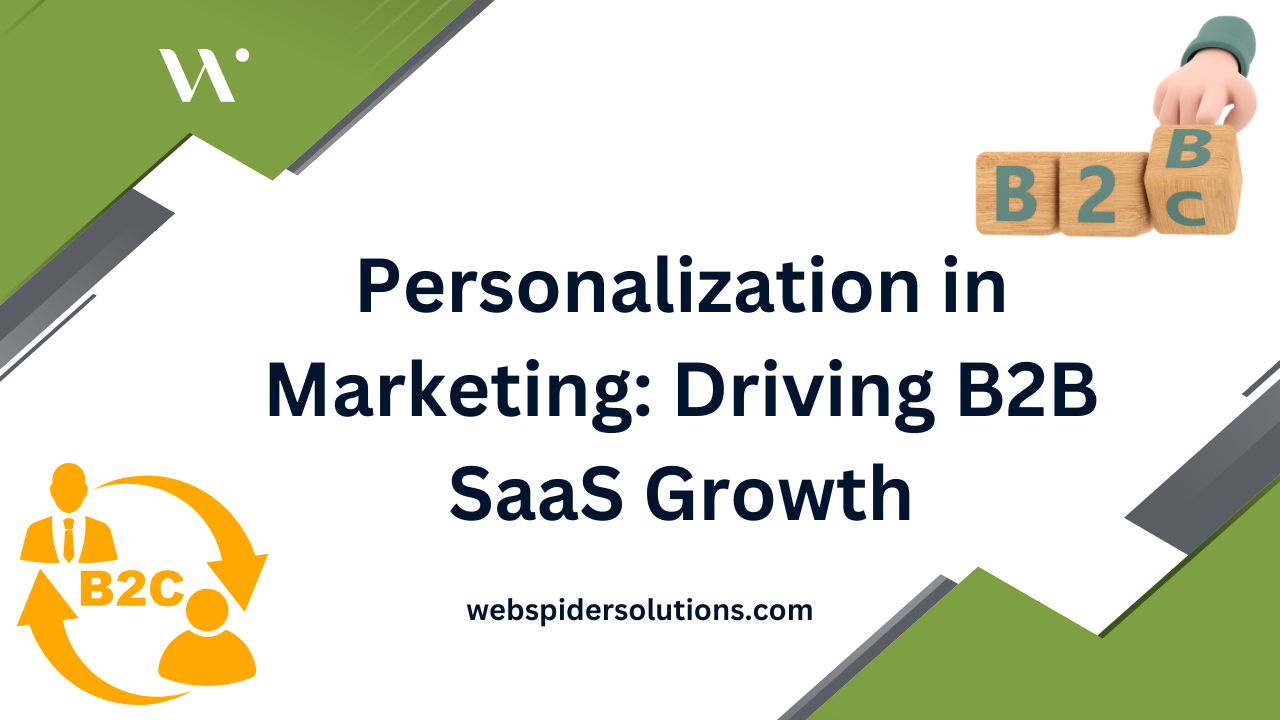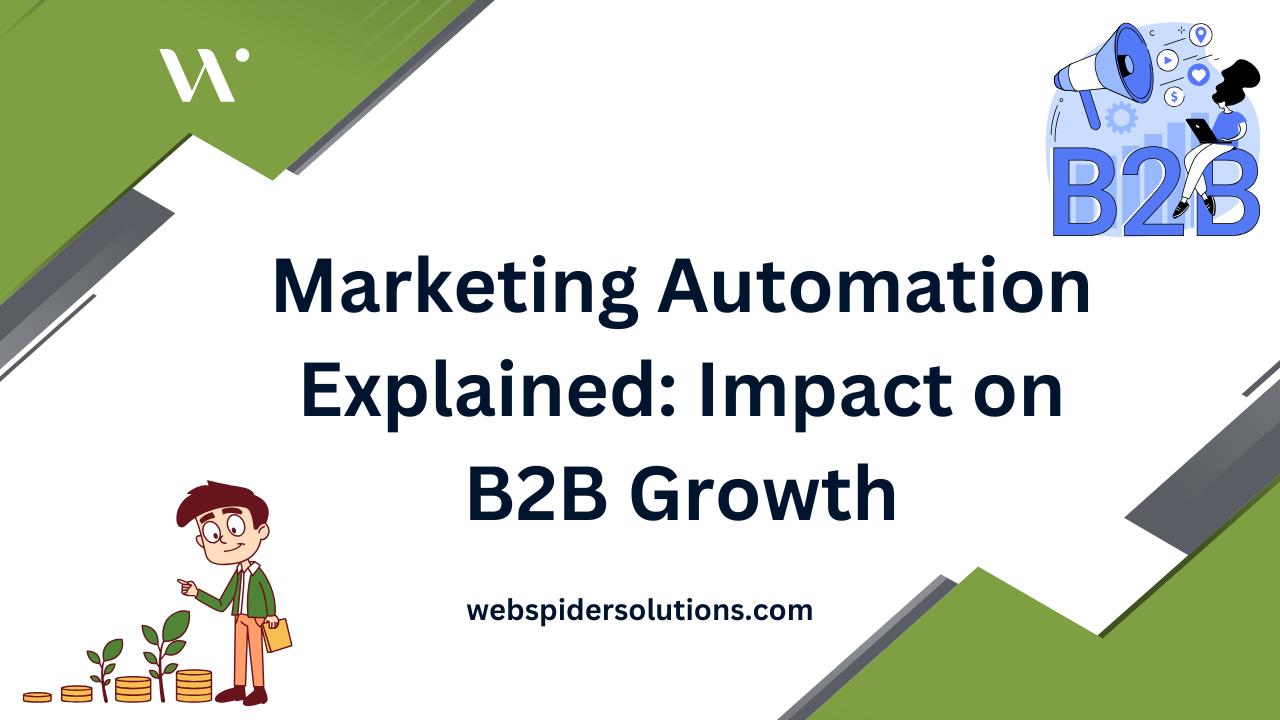Social media is everywhere and it is changing the way companies connect with customers every single day. Brands now have digital footprints that reach millions, sometimes with a single post. But surprise. Research shows that incorporating social media into a company’s business strategy brings real competitive advantages—not just more likes. What actually matters is how these online interactions turn into trust, loyalty, and business growth you can measure.
Table of Contents
- Defining Social Media Presence And Its Components
- The Role Of Social Media In Modern Business Strategy
- Building Brand Awareness Through Social Media Interaction
- Leveraging Social Media For Customer Engagement And Feedback
- Measuring The Impact Of Social Media Presence On Business Growth
Quick Summary
| Takeaway | Explanation |
|---|---|
| Develop a cohesive content strategy | Engage audiences through consistent, relevant, and interesting content tailored to your target demographics. |
| Utilize interactive engagement methods | Foster connections by encouraging user-generated content and hosting live events, making your social media presence dynamic. |
| Implement advanced feedback collection tools | Use real-time response channels and sentiment analysis to gather deep insights into customer preferences and experiences. |
| Measure social media impact with KPIs | Focus on metrics like engagement rate and conversion rates to assess the effectiveness of your social media strategies. |
| Translate feedback into actionable insights | Turn customer input into strategic improvements by developing systems that analyze and act on this valuable data. |
Defining Social Media Presence and Its Components
A social media presence represents an organization’s strategic digital representation across various online platforms, encompassing more than simply creating accounts. Social media researchers define it as a comprehensive digital footprint that reflects brand identity, engagement strategies, and audience interaction.
Core Components of Social Media Presence
Social media presence consists of several interconnected elements that work together to establish a comprehensive digital identity:
- Content Strategy: Developing consistent, relevant, and engaging content that resonates with target audiences
- Brand Voice: Maintaining a uniform communication style across different platforms
- Visual Representation: Utilizing cohesive design elements like logos, color schemes, and imagery
Successful digital representation requires understanding how these components interact and complement each other. Organizations must craft a unified narrative that translates their core values and mission into digital communication.
Below is a table summarizing the core components of a social media presence and their explanations to help clarify their individual roles in building a unified digital identity.
| Component | Description |
|---|---|
| Content Strategy | Developing consistent, relevant, and engaging content that resonates with target audiences |
| Brand Voice | Maintaining a uniform communication style across different platforms |
| Visual Representation | Utilizing cohesive design elements like logos, color schemes, and imagery |
| Unified Narrative | Translating core values and mission into a consistent story across platforms |
| Audience Interaction | Fostering two-way communication to build relationships and trust |
Strategic Digital Positioning
Effective social media presence goes beyond mere visibility. It involves strategic positioning that allows brands to connect meaningfully with their audience. This means creating content that not only attracts attention but also encourages interaction, builds trust, and drives meaningful engagement.
Companies can learn more about optimizing their social media strategy by understanding the nuanced approaches to digital communication. The goal is not just to broadcast messages but to create a dynamic, two-way communication channel that reflects the organization’s authenticity and values.
The Role of Social Media in Modern Business Strategy
Social media has transformed from a simple communication platform to a critical strategic tool for businesses across various industries. Research from McKinsey & Company reveals that companies integrating social media into their core business strategy experience significant competitive advantages.
Strategic Customer Engagement
In the contemporary business landscape, social media serves as more than a marketing channel. It represents a dynamic platform for direct customer interaction, feedback collection, and brand perception management. Organizations can leverage these platforms to:
- Build Brand Awareness: Create compelling narratives that resonate with target audiences
- Gather Real-Time Insights: Understand customer preferences and market trends instantly
- Develop Customer Relationships: Foster trust through transparent and responsive communication
Companies that effectively utilize social media demonstrate adaptability and customer-centricity, which are crucial differentiators in competitive markets.
Digital Marketing and Business Intelligence
Social media platforms provide unprecedented opportunities for targeted marketing and advanced business intelligence. Advanced analytics tools enable businesses to track engagement metrics, segment audiences, and develop highly personalized marketing strategies. Organizations can explore comprehensive social media marketing techniques to maximize their digital potential.
Moreover, social media has become a critical channel for recruitment, brand storytelling, crisis management, and competitive intelligence. By understanding and implementing strategic social media approaches, businesses can transform digital interactions into tangible business value.
Building Brand Awareness Through Social Media Interaction
Brand awareness is no longer a passive marketing objective but an active, dynamic process driven by strategic social media interactions. Research highlights that successful digital engagement transforms audience perception and creates lasting brand recognition.
Interactive Content Strategies
Effective brand awareness requires moving beyond traditional broadcasting methods. Modern social media strategies focus on creating interactive, participatory experiences that invite audience involvement:
- User-Generated Content: Encourage followers to share their experiences and stories
- Live Engagement: Host real-time Q&A sessions, webinars, and interactive events
- Community Building: Create platforms where customers feel heard and valued
These approaches transform passive followers into active brand ambassadors, generating organic reach and credibility that traditional advertising cannot replicate.
The following table compares traditional marketing approaches with modern social media strategies as described in the article, highlighting key differences in engagement, communication, and business impact.
| Aspect | Traditional Marketing | Modern Social Media Strategy |
|---|---|---|
| Communication Style | One-way broadcasting | Two-way, interactive |
| Audience Engagement | Passive | Active, participatory |
| Feedback Collection | Delayed, limited | Real-time, dynamic |
| Content Type | Standard advertisements | User-generated, live events, polls |
| Relationship Building | Transaction-focused | Community- and trust-focused |
| Measurement Approach | Basic metrics (reach/impressions) | Advanced analytics (engagement, KPIs) |

Personalization and Authentic Communication
Successful brand awareness hinges on authenticity and personalized communication. Companies must develop a consistent yet adaptable voice that resonates across different platforms. By exploring strategic social media techniques, businesses can craft narratives that connect emotionally with their target audience.
Beyond mere visibility, social media interaction represents an opportunity to humanize brands, demonstrate values, and build genuine connections that transcend traditional marketing boundaries.
Leveraging Social Media for Customer Engagement and Feedback
Scientific research demonstrates that social media has revolutionized how businesses interact with customers, transforming traditional feedback mechanisms into dynamic, real-time communication channels. These platforms provide unprecedented opportunities for direct dialogue and instant insights.
Advanced Feedback Collection Strategies
Modern customer engagement through social media goes far beyond passive listening. Organizations can implement sophisticated approaches to gather meaningful customer perspectives:
- Real-Time Response Channels: Enable immediate customer support and problem resolution
- Sentiment Analysis Tools: Track and interpret customer emotional responses
- Interactive Polling: Collect structured feedback through engaging digital surveys
By creating multiple touchpoints, businesses can develop a comprehensive understanding of customer needs, preferences, and potential pain points.
Transforming Feedback into Strategic Insights
Effective social media engagement requires more than collecting data. Companies must develop robust systems to translate customer interactions into actionable business intelligence. Organizations can explore advanced social media optimization techniques to maximize their digital engagement potential.
Strategic customer feedback integration allows businesses to continuously refine products, improve service delivery, and demonstrate genuine commitment to customer satisfaction. This approach transforms social media from a communication platform into a critical business intelligence resource.
Measuring the Impact of Social Media Presence on Business Growth
Research on digital marketing metrics reveals that quantifying social media impact requires a comprehensive, multifaceted approach beyond traditional performance indicators. Understanding the true value of digital engagement demands sophisticated measurement techniques.
Key Performance Indicators (KPIs)
Businesses must track multiple interconnected metrics to assess their social media effectiveness comprehensively:
- Engagement Rate: Measuring likes, comments, shares, and interactions
- Conversion Metrics: Tracking leads generated and sales directly attributed to social platforms
- Audience Growth: Monitoring follower expansion and demographic shifts
These KPIs provide nuanced insights into how social media presence translates into tangible business outcomes, moving beyond vanity metrics to understand genuine impact.
![]()
Advanced Analytics and Strategic Insights
Modern social media analytics go far deeper than surface-level statistics. Organizations can explore sophisticated social media marketing strategies to transform raw data into actionable business intelligence.
By developing robust measurement frameworks, businesses can understand the intricate relationship between digital engagement and organizational growth, enabling more precise strategic planning and resource allocation.
Ready to Take Control of Your Social Media Presence?
Modern businesses face a real challenge. You want a social media presence that truly reflects your brand and drives engagement, but juggling content, analytics, and strategy often feels overwhelming. The article explained how unified content, authentic communication, and real-time feedback are critical for brand awareness and growth. Struggling to keep up, or worried your brand is fading into the digital noise? You are not alone. Discover proven stories of transformation in our Stories Archives.

The digital landscape is moving fast. Do not let your brand get left behind. Partner with Web Spider Solutions to build a social presence that captures attention and grows your business. Explore our custom strategies designed to maximize engagement right from the start. Take the first step toward powerful results and visit Web Spider Solutions now for a free consultation. Your brand deserves to stand out—seize this moment to transform your online impact.
Frequently Asked Questions
What is a social media presence?
A social media presence is an organization’s strategic digital representation across various online platforms, encompassing content strategy, brand voice, and visual representation.
Why is social media important for businesses today?
Social media is crucial for businesses as it facilitates direct customer engagement, real-time feedback collection, and fosters brand awareness, ultimately leading to competitive advantages.
How can companies measure the effectiveness of their social media presence?
Companies can measure social media effectiveness through key performance indicators (KPIs) such as engagement rate, conversion metrics, and audience growth to track the impact on business outcomes.
What strategies can enhance customer engagement through social media?
To enhance customer engagement, companies should focus on interactive content strategies like user-generated content, live events, and community building to create meaningful connections with their audience.
Recommended











